This research area focuses on the study and development of techniques to facilitate the access to data for a specific search of information on the Web or other types of data sources (for example, relational databases). Through the use of semantic technologies, such as ontologies, reasoners based on description Logics, etc. The aim is to determine the semantic meaning of the available data to provide users with the necessary information that fulfils their needs.
Here are some of the applications of systems based on semantic technologies, created in current and past SID research projects. Prototype applications demonstrate the possibilities of semantic technologies applied to distributed and heterogeneos data access, showing real benefits for end users. These applications have been built on the foundation of semantic software tools, semantic services and the Semantic Web infrastructure (led by W3C).
PROJECTS
We list below the projects:
|
CURRENT
|
PAST
|
|
OntView
(2012 - ...)

|
OntView is a tool for the visualization and analysis of complex ontology structures. With the help of a DL reasoner, OntView follows a what you see is what you meant paradigm, where the user sees exactly the semantic structures that were implied by their assertions.
|
|
QUERYGEN
(2004 - ...)
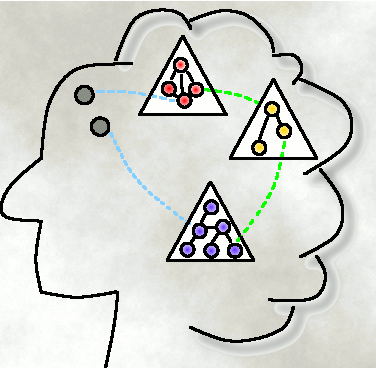
|
A system to access data semantically taking as input plain keywords. It uses the discovery and disambiguation techniques developed by the group, and performs a keyword interpretation that is guided by the semantics of the target query model.
|
|
|
CIDER
(2004 - ...)

|
Ontology matching, the task of determining relations that hold among terms of two different ontologies, is a key issue in the Semantic Web and other related fields.
CIDER, our schema-based alignment algorithm, compares each pair of ontology terms by, firstly, extracting their ontological contexts up to a certain depth (enriched by using transitive entailment) and, secondly, combining different elementary ontology matching techniques (e.g., lexical distances and vector space modelling) by means of artificial neural networks.
|
|
OBSERVER
(1995-1998)

|
Ontology Based System Enhanced with Relationships for Vocabulary hEterogeneity Resolution.
|
|
AIMS
(1991 - 1994)
|
Advanced Information Management System:
- BITUB (Basque Interface to Translate Using BACK)
- MAGIC (MApping Generator InterfaCe)
|
|
LINES OF WORK
We list below the main lines of work:
|
CURRENT
|
|
LINGUISTIC DATA SCIENCE AND
TECHNOLOGIES
(2017 - 2023)
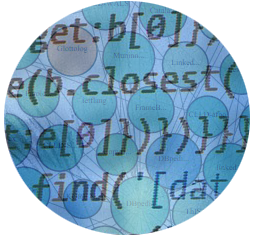
|
Area of research that concerns the study of models, methods, and systems for the systematic cross-lingual discovery, exploration, exploitation, of linguistic data on the Web. Particularly, we focus on linguistic linked data technologies, and in the transformation and linking of multilingual language resources for the Web of Data.
|
|
FUZZY LOGIC AND SEMANTIC WEB TECHNOLOGIES
(2005 - ...)
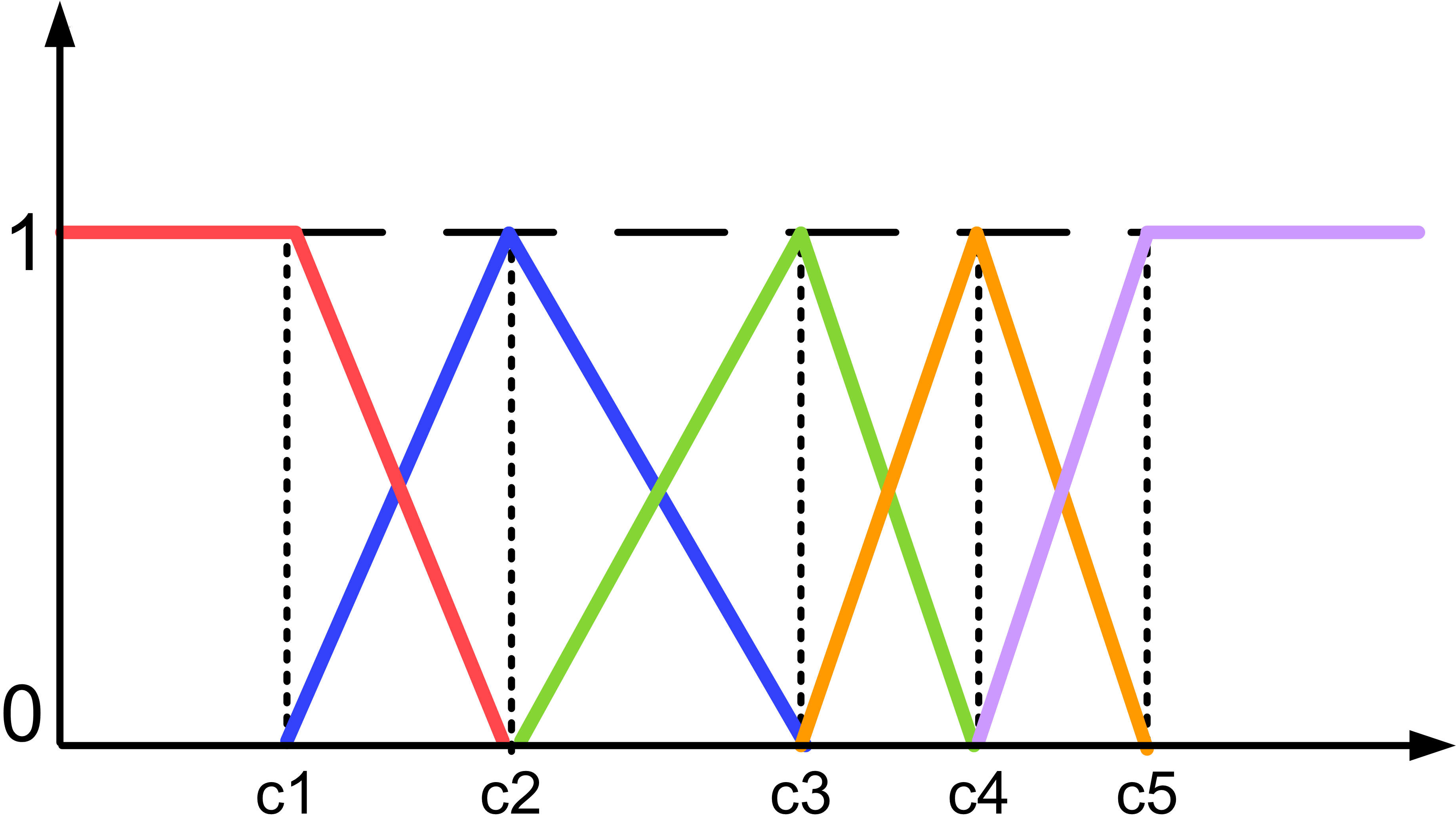
|
This area of research concerns the study of methods to support different types of uncertainty in Semantic Web technologies. Particularly, we mainly focus on the combination of fuzzy logic with Description Logics or ontologies.
|
|
DESCRIPTION LOGIC SYSTEMS
(2005 - ...)

|
This area of research concerns the study of system based on Description Logics. This includes different research problems: knowledge representation, reasoning, and applications.
|
|
GENIE
(2004 - ...)

|
An architectural proposal that implements a set of components which objective is to provide tools to make easier information extraction with easily accessible formats using structured documents, statistics, IA technics, natural language processing, syntactic and semantic tools.
|
|
FUNDING PROJECTS
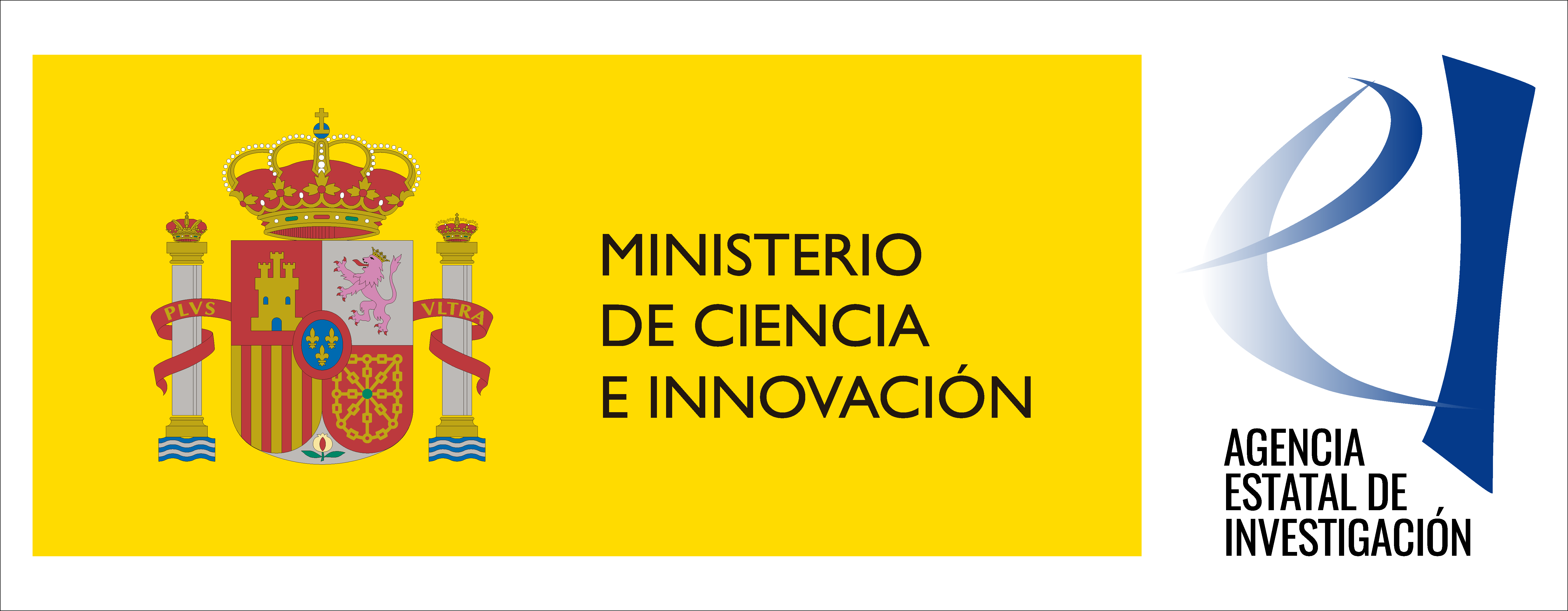
|
Título del proyecto: Knowledge-drIven Techniques for Intelligent Applications in heterogeneous contexts (KIT-IA)
Código: PID2020-113903RB-I00
Entidades participantes: Univ. de Zaragoza
Duración, desde: 01-09-2021 hasta: 31-08-2024 (3 años)
Investigador principal: IP1: Dr. Eduardo Mena, IP2: Dr. Fernando Bobillo, Profesores Titulares de Universidad, Univ. de Zaragoza
Número de investigadores participantes: 12
Importe total: 51.425 €
Más información: Objetivos, equipo y resultados
|
|
NEWS
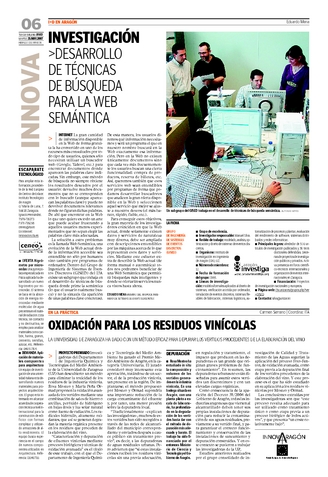
|
Article (in Spanish) published in the newspaper "El Heraldo de Aragón" (May 15, 2007) that summarizes our work on semantic web.
|
See an old summary Of Semantic Web from W3C (in Spanish). Current definition at W3C website
